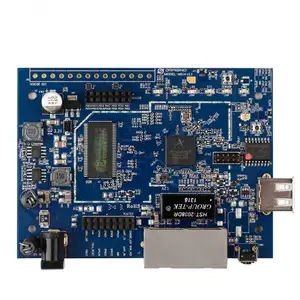Understanding Active Electronic Components
Active electronic components are the backbone of modern electronic circuits and systems. Unlike their counterparts, active and passive components, active components are capable of amplifying power and energy within a circuit. This category encompasses a variety of devices, each with its unique role in electronic assemblies.
Types and Applications of Active Components
The realm of active electronic components includes a diverse range of devices such as transistors, diodes, and silicon-controlled rectifiers. These components are integral to the functionality of both analog and digital circuits. In the context of active and passive electrical components, the active variants are essential for tasks that require energy amplification, such as signal processing, power regulation, and electronic switching.
Features and Materials of Active Components
Active components are characterized by their ability to inject power into circuits. Materials used in these components, such as silicon and gallium arsenide, are chosen for their semiconductor properties, which are crucial for the operation of active elements in electronics. The design and material selection contribute to the efficiency and performance of these components in various applications, from consumer electronics to industrial automation systems.
Advantages of Active Electronic Components
The advantages of using active electronic components over passive ones include increased circuit functionality and the ability to control current flows. These components are pivotal in the creation of complex electronic systems, enabling the development of sophisticated technologies that form the foundation of modern electronics. The versatility of active and passive devices in electronics allows for a wide range of applications, ensuring that active components remain indispensable in electronic design.
Selection and Integration
When integrating active electronics into a circuit, engineers must consider compatibility with electronic passive components. The synergy between active and passive elements in electronics is critical for achieving desired outcomes in electronic circuit design. Selection of the appropriate active components is crucial for the overall performance and reliability of the electronic system.
Conclusion
In summary, active electronic components play a pivotal role in the functionality of modern electronic devices. Their ability to control and amplify energy within a circuit distinguishes them from passive and active electrical components. As technology advances, the demand for reliable and efficient active components continues to grow, solidifying their position as a fundamental element in the field of electronics.










































 浙公网安备 33010002000092号
浙公网安备 33010002000092号 浙B2-20120091-4
浙B2-20120091-4